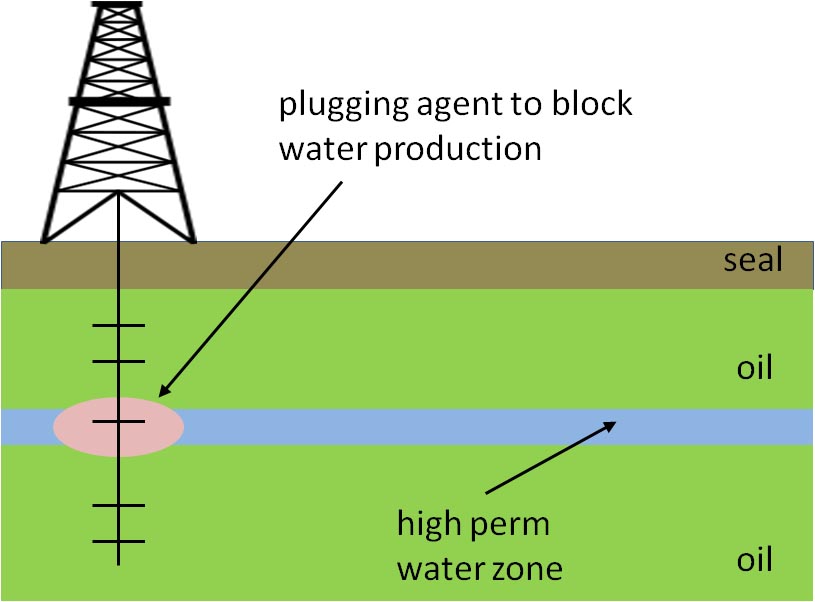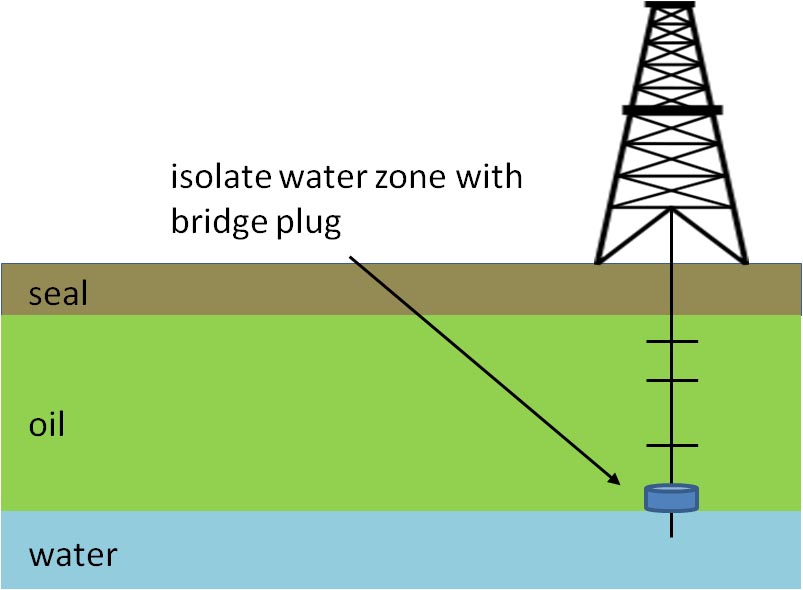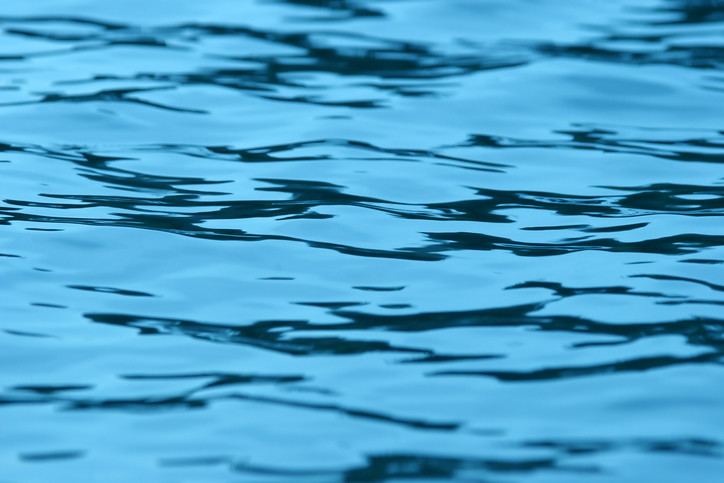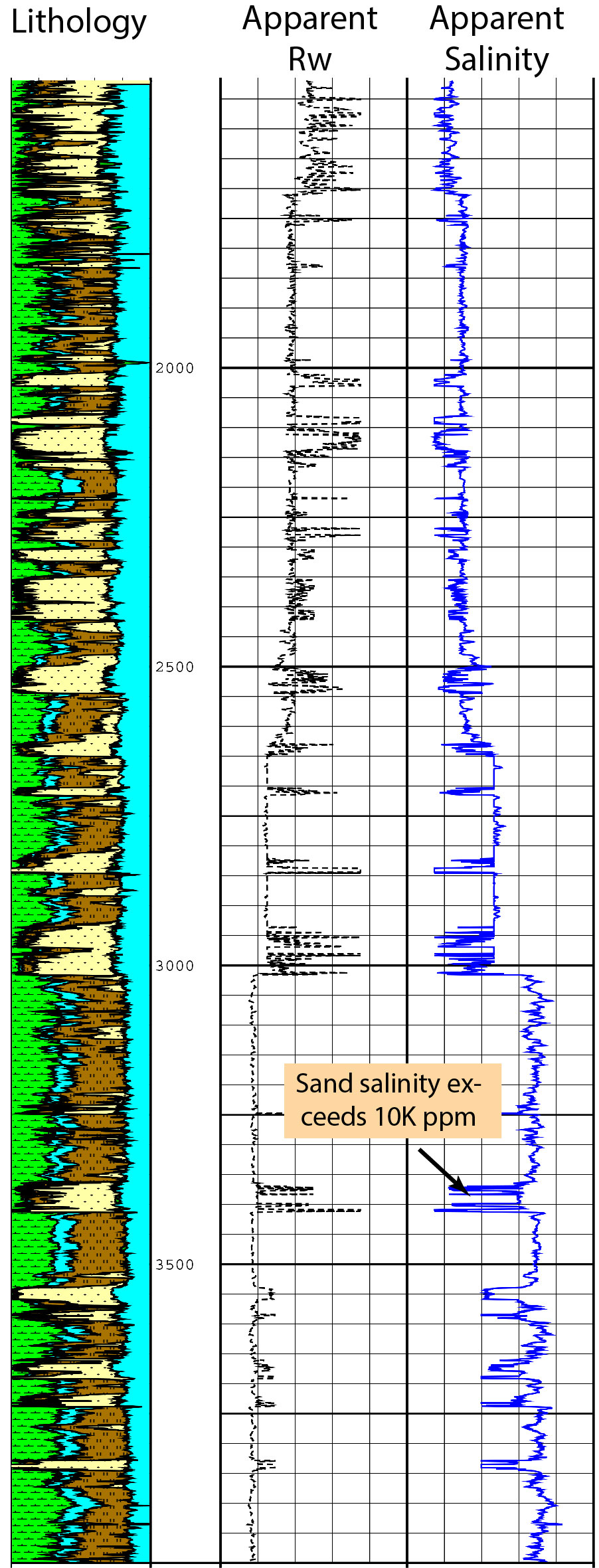
Water Management
Oilfield water management is very important because handling water is one of the largest expense categories in production operations, particularly in aging fields. PayZone offers services in several areas related to water, including well-specific and field-oriented mitigation measures for excess water production. We also provide support for operators for wastewater injection wells and aquifer water quality issues.
Managing High Water-Cut Wells
If water production can be controlled from high water-cut wells, both lifting and surface costs are reduced, which is usually desirable. The easy solution is to shut in the high-cut producers, which eliminates the water production but the oil is also lost. Sometimes a review of the well completion, logs, reservoir environment, and current condition will result in recommendations for remediation procedures which can reduce water while preserving the oil production. Chemical and mechanical remedies are available for problems such as cement failure, casing leaks, misplaced perforations, and completion too near the oil/water contact. Although casing repair, patches, and selective shutoff with a plugging agent are commonly-employed methods of correction, the effectiveness of these remedies depends on reservoir knowledge. Log/core analyses, formation evaluation, and an understanding of reservoir dynamics are all needed to refine the reservoir description in the vicinity of the well considered for remedial work. A new interpretation of the reservoir with attention to detail is the first step towards a successful program for water mitigation. Conventional shaly sand analysis methods are often inadequate to quantify water saturation in moderate to low-salinity reservoirs, or in sequences with variable salinity. Our advanced models and methods will help take the guesswork out of identifying the source of your water production.
What Kind of Water Problem?
In the case of an increase in water production fieldwide or in a certain area, reservoir factors are likely the cause. Active water drive, static bottom water that is being coned upward, injected water migrating to producers, and water mobilized by changes in relative permeability with depletion are some possible reasons for increasing water cut. However, mitigation measures will be different depending on the situation. A detailed reservoir study may be needed to determine the source of the water production to support development of a plan to manage the water.
Injection Wells and Aquifer Water Quality
An increasingly important issue in oilfield operations is the handling of wastewater injection, including permitting of wells and addressing regulatory matters concerning water quality in and around injection zones. PayZone has used its advanced log analysis methods to compute vertical profiles of shale-corrected apparent formation water resistivity (Rwa) in wet zones which provide a continuous curve of water salinity as sodium chloride (NaCl) equivalent. Although a number of simplified methods have been recommended for use in estimating Rwa, our methods are more accurate since they are derived from our shaly sand petrophysical model which has been optimized for shallow fresh to brackish-water sands containing active clay species.
In the example to the right, we show a sand/shale sequence for which we have calculated the apparent formation water resistivity, Rw, shown in Track 2. The sands have higher Rw (lower TDS) than the shales, to be expected in a marine sequence that has been partially flushed by groundwater. The less-permeable shales retain more of their original water than the higher-permeability sands. From this apparent Rw curve, we also calculate an apparent salinity curve, shown in blue as TDS. Note that the salinity increases at about 2650' and again just below 3000'.
We also can provide geological services integrated with petrophysical analysis to support permit applications for injection wells, or to answer regulatory questions regarding injection zones and aquifers.



